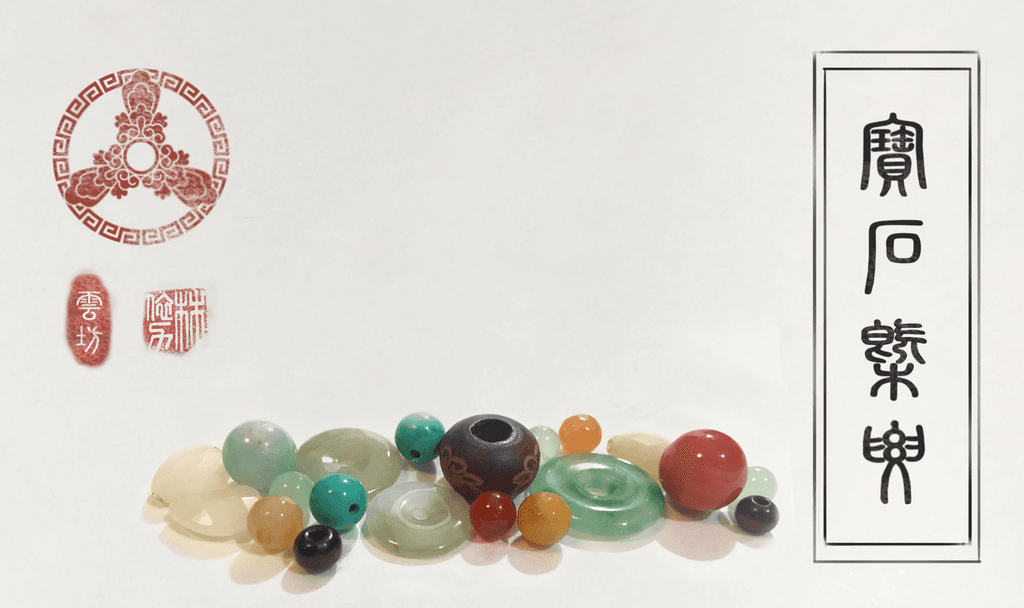If you’re brave enough to wade into any artists’ online forum, you’re likely to find yourself in a rip tide of a discussion whose logic whips you about so quickly that it makes your prefrontal cortex go numb.
It begins simply enough: Someone raises a question about the differences between viewing a photo and viewing a painting, which inspires a variety of musings from personal experience. One artist prefers using photographs as reference, another thinks photography has its place but is limited in what it can do ... Soon someone gets a bit tongue-tied trying to define abstract ideas like “reality,” “aesthetic,” or “perception”; and then someone introduces a slippery art history term like “impressionism,” “photorealism,” or “hyper-realism.”
In the process, some participants begin to flirt with philosophical concepts like “epistemological idealism” and “epistemological realism.” Tangential statement. Clarifying question. More jargon. General confusion. Begin questioning existence itself.






